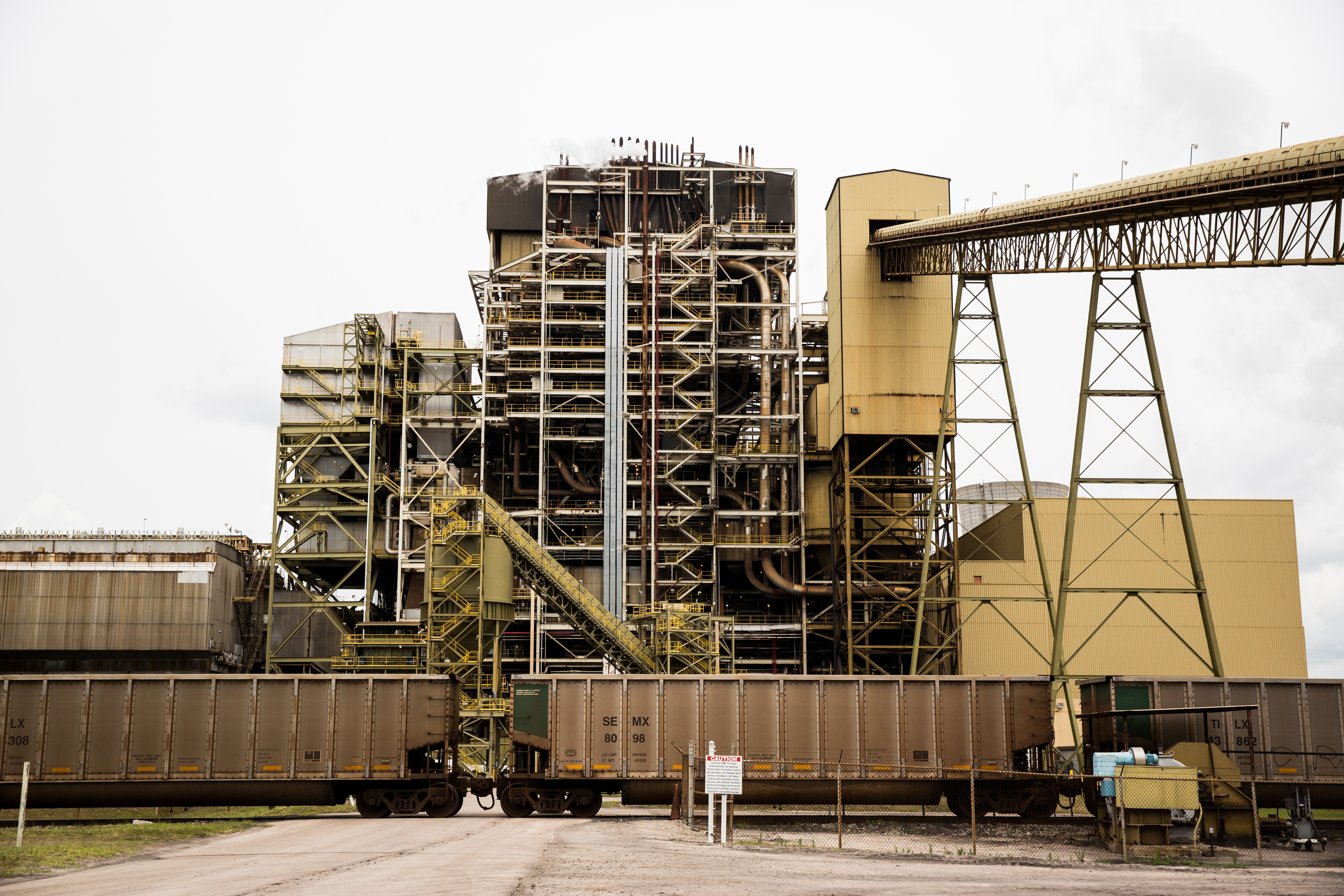
As a replacement to the Clean Power Plan appears on the horizon, NRECA is making sure the Environmental Protection Agency understands how America’s electric cooperatives may be especially hurt by regulation aimed at coal-based generation.
“Co-ops’ small size, their consumers served and generation portfolios set them apart in the electric utility industry. These characteristics also present immense challenges for co-ops if forced to comply with theses mandates of the EPA,” said Rae Cronmiller, NRECA environmental counsel.
NRECA recommends that EPA replace the Clean Power Plan with a rule that allows states to determine standards of performance that are achievable considering individual unit economic considerations, remaining use life and other relevant factors.
EPA may propose a replacement rule this summer and finalize it by January 2019.
A lot of co-op coal-based electric generation would be unable to meet the EPA rule targeting carbon dioxide emissions and, as a result, enter early retirement.
In comments filed with EPA, NRECA explains the major obstacles and impediments co-ops faced under the original Clean Power Plan:
Co-ops rely on coal more than other utilities
Federal government mandates between 1978 and 1987 made natural gas uneconomic for electric generation at a time when cooperative electric generation demand rose significantly. Today, coal generates about 60 percent of total G&T megawatt-hour sales compared with around 30 percent MWh sales utility-wide.
Co-ops serve low-income rural America
Electric cooperatives serve more than 90 percent of the nation’s persistent poverty counties within low or sparsely populated geographic areas. Electric co-op revenue per mile of distribution line is only 20 percent of the overall utility average. Co-ops have no equity investors to share the financial burdens that the CPP would cause. Ultimately, the co-op member would bear 100 percent of these costs through increases in electric rates that many rural electric consumers can ill afford.
Co-op members would pay twice to meet CPP
Many of the co-op-owned coal-based power plants forced into retirement would leave outstanding debt obligations that must be serviced by rural electric consumers. While the original loans to construct these units may have been paid, many plants have required additional costly retrofits for emission controls to meet ongoing environmental obligations. This means in many cases under the CPP, co-op members would pay for the scuttled coal plants’ outstanding debt and then pay a second time for the new generation required.